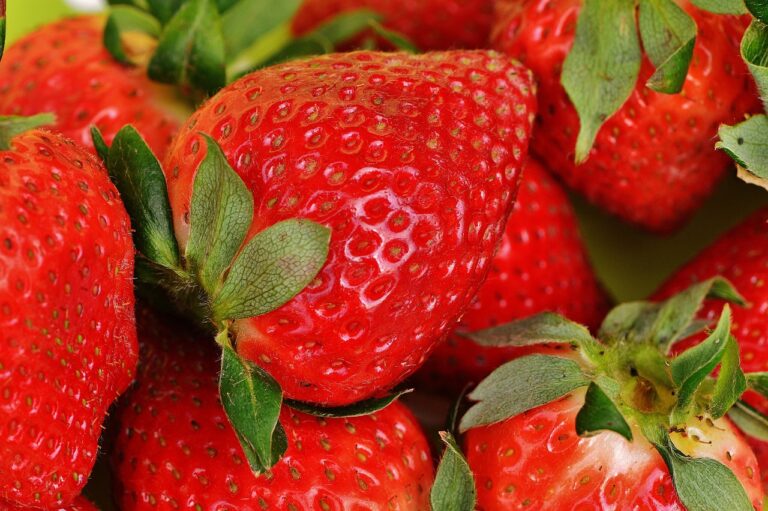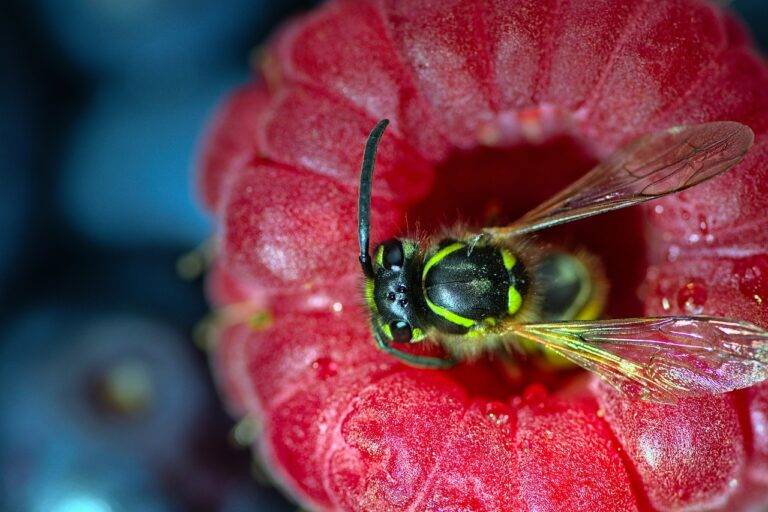Sustainable Agriculture: Permaculture and Polyculture Systems
Permaculture offers numerous advantages for both the environment and people. One key benefit is its focus on sustainable practices that work with nature rather than against it. By mimicking natural ecosystems, permaculture can enhance soil health, conserve water, and support biodiversity. This holistic approach not only benefits the environment but also leads to resilient food systems that can withstand climate change and other challenges.
Furthermore, permaculture promotes self-sufficiency and community resilience by encouraging individuals to grow their own food and build strong connections with their neighbors. This can lead to increased food security, reduced dependence on external resources, and a greater sense of empowerment among communities. Additionally, the principles of permaculture often prioritize local and organic production, which can have positive impacts on human health and well-being.
Comparison of Permaculture and Polyculture
Permaculture and polyculture are both agricultural practices that aim to create sustainable and diverse ecosystems. Permaculture focuses on designing systems that mimic natural patterns and processes, leading to self-sufficiency and minimal waste. Polyculture, on the other hand, involves growing multiple crops together in the same space to maximize use of resources and enhance biodiversity.
While permaculture emphasizes the overall design of the system and the interactions between different elements, polyculture is more focused on the specific planting arrangements and crop combinations. Permaculture often includes elements like water harvesting, composting, and companion planting to create resilient and productive systems, while polyculture mainly focuses on intercropping and crop rotation to optimize yields and reduce pest pressures.
Design Principles in Permaculture
One of the key design principles in permaculture is observation. By carefully observing the natural environment and its patterns, practitioners can better understand how to work in harmony with nature. This helps in creating sustainable systems that are resilient and self-regulating.
Another important principle is using and valuing renewable resources. Permaculture emphasizes the use of renewable resources such as sunlight, water, and biodiversity to meet human needs. By prioritizing renewable resources, practitioners are able to reduce their environmental impact and create long-lasting, sustainable solutions.
• Observation is a key design principle in permaculture, allowing practitioners to understand natural patterns
• By observing the environment, practitioners can create sustainable systems that work in harmony with nature
• Using and valuing renewable resources is another important principle in permaculture
• Emphasizing renewable resources like sunlight, water, and biodiversity helps reduce environmental impact
• Prioritizing renewable resources leads to long-lasting, sustainable solutions
What are some benefits of practicing permaculture?
Some benefits of permaculture include increased sustainability, improved soil health, biodiversity conservation, and resilience to climate change.
How does permaculture differ from polyculture?
Permaculture involves designing sustainable and self-sufficient ecosystems, while polyculture refers to the practice of growing multiple crops in the same space. Permaculture focuses on mimicking natural ecosystems and creating a regenerative system, while polyculture is more about maximizing yield and diversity of crops.
What are some key design principles in permaculture?
Some key design principles in permaculture include observing and interacting with nature, catching and storing energy, obtaining a yield, applying self-regulation and accepting feedback, using and valuing renewable resources, producing no waste, designing from patterns to details, integrating rather than segregating, using small and slow solutions, and valuing diversity.







